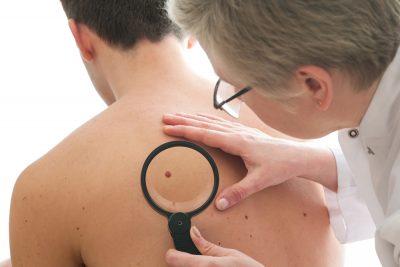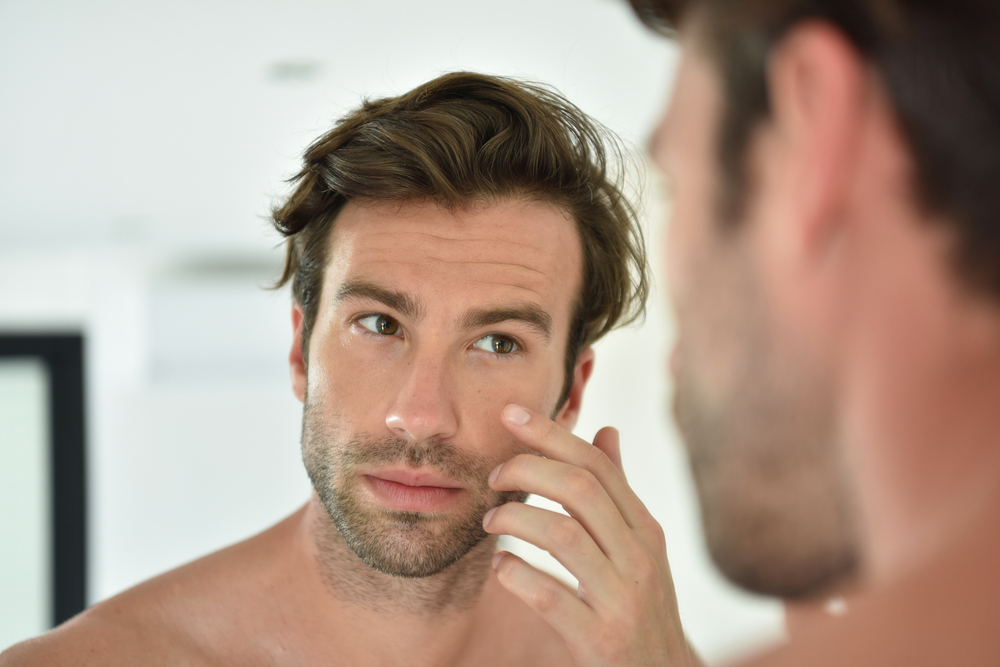Cancer is one of the leading causes of death today. Everyone regardless of age, race, and skin color is vulnerable to having cancer. it is caused by a variety of reasons: our daily lifestyle, medical history, genetics, exposure to some forms of harmful radiation, and even the food we eat. There are more than 100 types of cancer in the world today, lung cancer, colon cancer, skin cancer, breast cancer, etc. symptoms, cure and prevention vary depending on the type of cancer, and about 30-50 percent of cancer are preventable.
When carcinogens are introduced to our body system, they alter cellular metabolism and damage DNA directly in cells which affects normal biological actions in our body and causes sporadic division of cancer cells and in turn leads to the formation of tumors. Carcinogens could be physical carcinogen, biological carcinogen, and oncogenic (cancer-causing) viruses. A person’s risk of having cancer depends on how long they were exposed to these carcinogenic substances.
These irregular cell growths can take place in any part of the body tissue, organ, or system. The most vulnerable part is the one exposed to cancer-causing agents most of the skin is the largest organ in the body and is often in direct contact with carcinogens like smoke and soot, toxic chemicals like industrial waste, radioactive elements like uranium, and also the sun.
The sun is one of the leading cause of skin cancer in the world today, excessive exposure to the sun makes you vulnerable to skin cancer. an unusual cancerous growth on the skin that bleeds or develops crust is often on the nose, forehead, lower lips, hands, and other parts of the body that are frequently exposed to sunlight. There are several types of skin cancer:
MELANOMA
Also known as malignant melanoma is the most serious form of skin cancer. Exposure to ultraviolet radiation from the sun and tanning lamps and beds are the major causes of melanoma. It occurs when the pigment-producing cells that give color to the skin become cancerous, it begins in cells known as melanocytes. It often develops in an existing mole. It is very common in women (age 15-19).
Some symptoms of melanoma are:

- Skin mole with an irregular border
- Bigger mole diameter
- The irregular shape of the mole (asymmetry)
- Darkening of the skin
Melanoma is very dangerous because of its ability to move to other organs in the body such as; liver, lungs, brains, bones, lymph node, colon, small intestine, and stomach
treatments for melanoma may involve:
- Radiation therapy
- Mohs surgery
- Chemotherapy and immunotherapy
- Skin grafting and wide local excision
- Antiviral drugs
Specialists for melanoma are plastic surgeons, oncologists, and dermatologist, melanoma has an average of 92 percent cure rate but is likely to resurface.
BASAL CELL CARCINOMA
Basal cells are found in the innermost layer of the epidermis; they are responsible for producing new skins as the old ones die. As new skins are produced, they push the older ones towards the surface where they eventually shed. Basal cell carcinoma is a type of skin cancer that begins in the basal cell. Basal cell carcinoma rarely spread beyond the infected area, but if left untreated for too long, it can grow wide and deep into the skin, tissue, and bone.
symptoms of basal cell carcinoma are:
- Loss of skin color
- Ulcer
- Redness of the infected area
- Swollen blood vessels in the skin
- Open sore that bleeds and ooze and refuses to heal
Basal cell carcinoma can cause skin disfiguration if left untreated for a very long time. Treatments for basal cell carcinoma include:
- Electrosurgery and wide local excision
- Photodynamic therapy
- Anti-tumor medication and chemotherapy
- Tissue scrapping
- Micro graphical oriented hectographic surgery (Mohs surgery)
- Radiation therapy
- Cryosurgery
- Laser surgery
Specialist for treatment of basal cell carcinoma includes plastic surgeon, dermatologist, and primary care provider.
SQUAMOUS CELL CARCINOMA
Is usually found on areas of the body exposed to excessive ultraviolet rays from the sun and tanning beds. There are about one million cases of squamous cell carcinoma every year. some Symptoms include a firm nodule, rough sore patch inside your mouth, and open sore on the lips.

treatments usually administered for squamous cell carcinoma are:
- Cryosurgery
- Laser surgery
- Mohs surgery
Squamous cell carcinoma is usually not life-threatening but will spread to other parts of the body if not treated at an early stage.
fair-skinned people are more likely to get it than dark-skinned people because people with darker skin tone have more pigments that protect them from ultraviolet rays, but it does not make them invulnerable.
When detected early, the five years’ survival rate for melanoma is 99 percent. The use of some medications such as non-steroidal anti-inflammatory medications induces sun sensitivity and as a result, causes skin cancer.








COMMENTS